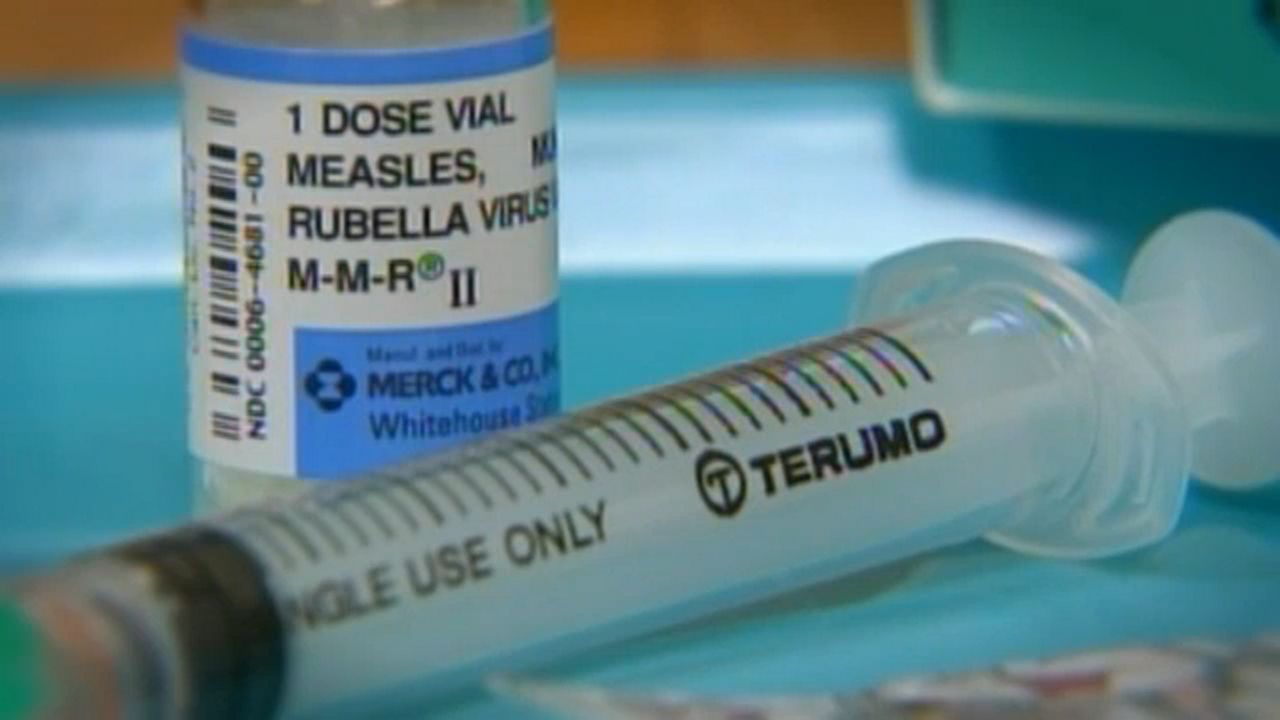AKRON, Ohio — The city has issued a call to the community for help implementing Akron’s updated Youth Violence Intervention and Prevention Strategic Plan.
Mayor Dan Horrigan unveiled the revised strategic plan at the recent 7th annual Health Equity Summit, which this year tackled gun violence, suicide awareness, mental health and youth opportunity, the city said in a release.
The revised plan is a multi-faceted approach to reduce violence by young people 13 to 24 years old by 10% by 2028, the city said. The plan originally was released in 2019 and called for a 20% reduction by 2023 in violent crime committed by young people.
Work to implement the original plan was interrupted by the COVID-19 pandemic, but it was timely.
Both the Federal Bureau of Investigation and the National Center for Health Statistics tracked a 30% increase in homicides in the U.S. between 2019 and 2020, which the U.S. Centers for Disease Control and Prevention reported was the largest single-year increase in the past 100 years.
Several state’s murder rates were higher: Ohio’s rose by 38% in that timeframe, according to Pew Research Center.
Akron’s call to action has three components:
- Contribute to the United Way of Summit and Medina Counties’ Bold Goal 2, which aims to prepare 90% of Akron Public Schools high school students to graduate in four years, with 60% college/career ready, and help 60% of young people to either become employed or active in extracurricular activities. United Way developed four Bold Goals to achieve by 2028.
- Volunteer to assist with implementing one of the eight actions laid out in the strategic plan. Those interested can send an email to Denico Buckley-Knight, Akron’s youth and community opportunity director.
- Learn about the city’s plan by reading the updated youth violence strategic plan and reviewing information from the Health Alliance for Violence Intervention, which is based on hospital-based violence intervention programs.
Horrigan recognized Buckley-Knight and Crystal Jones, for their work revising the youth violence plan. Jones is former executive director of Project Ujima, which facilitates discussion that brings diverse groups of people together to discover common ground.
“I believe this updated plan is more ambitious in its reach and is better grounded in the area of evaluation than its predecessor, which will lead to more measurable impacts for our youth and our community,” Horrigan said.
The plan’s eight key strategies include:
- Mentoring — Offer one-on-one and group mentoring for people 13 to 24, including those who are incarcerated.
- Recreation and discretionary time — Develop programs that provide positive recreational and social activities.
- Re-entry support — Provide services that help formerly incarcerated young people re-enter school or job training to gain employment and housing and help re-establish family connections while disconnecting from negative influences.
- Police-youth relations — Develop initiatives to build and improve trust between young people and police.
- Mental health/substance abuse support and treatment — Offer targeted support to young people and their families who are struggling with mental health issues and substance abuse.
- Gun violence reduction — Implement strategies to reduce young people’s unsupervised and unrestricted access to firearms.
- Community awareness and involvement — Develop processes and structures to promote awareness and generate community participation in the work to prevent youth violence.
- Workforce development and livable wage employment — Provide training, job placement and coaching for after-school employment for youth and livable-wage employment for young adults.
Last September, the city announced it would invest $20 million from American Rescue Plan Act funding into its strategy to combat youth and community violence.
“Back in 2019, the strategic plan had little to no funding, only the goodwill and commitment of the steering committee to implement its recommendations,” Buckley-Knight said. “Thanks to American Rescue Plan Act funds, the city has now been able to fund a ‘boots on the ground’ approach, acknowledging that community-based providers have the best opportunity to fully engage with youth in their neighborhoods.”
The city said it will measure the effectiveness of the revised plan by evaluating violent-crime rates for young people using data from the Akron Police Department, Akron Public Schools, Summit County Juvenile Court and other partners.









